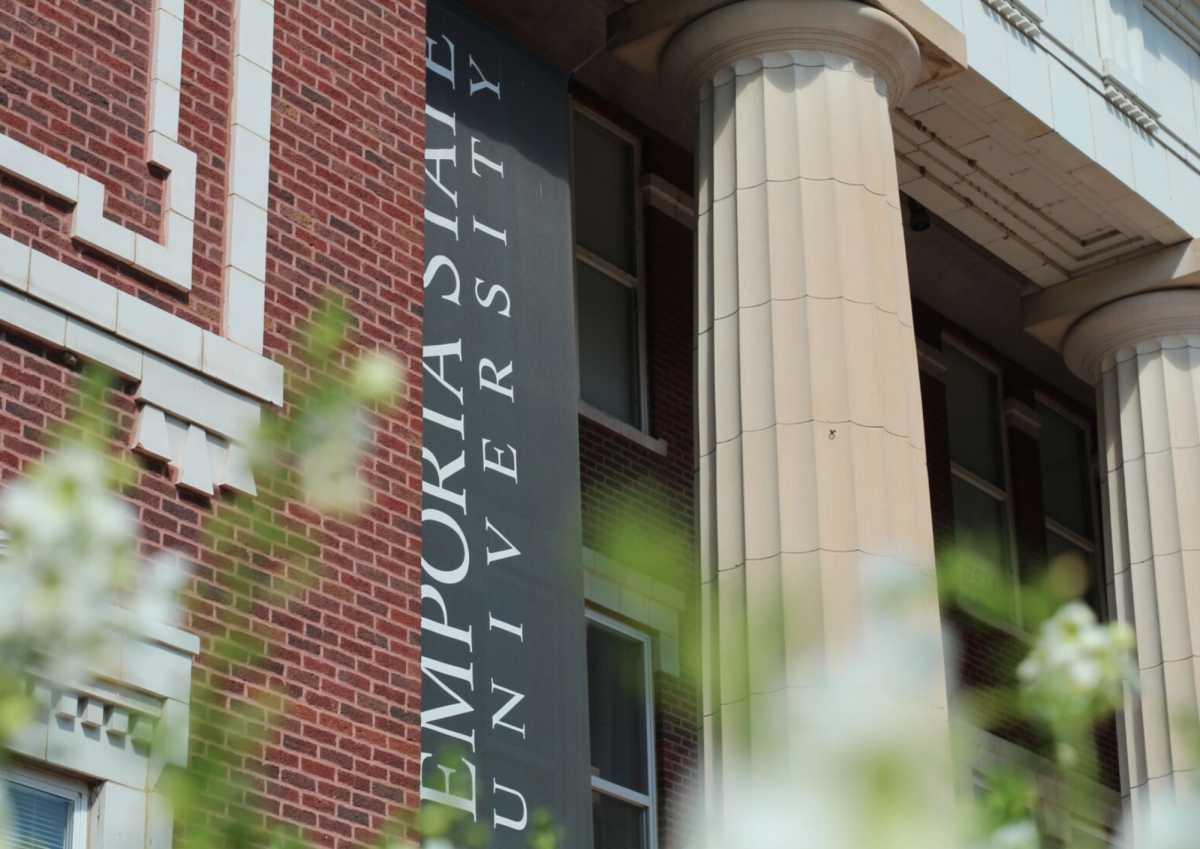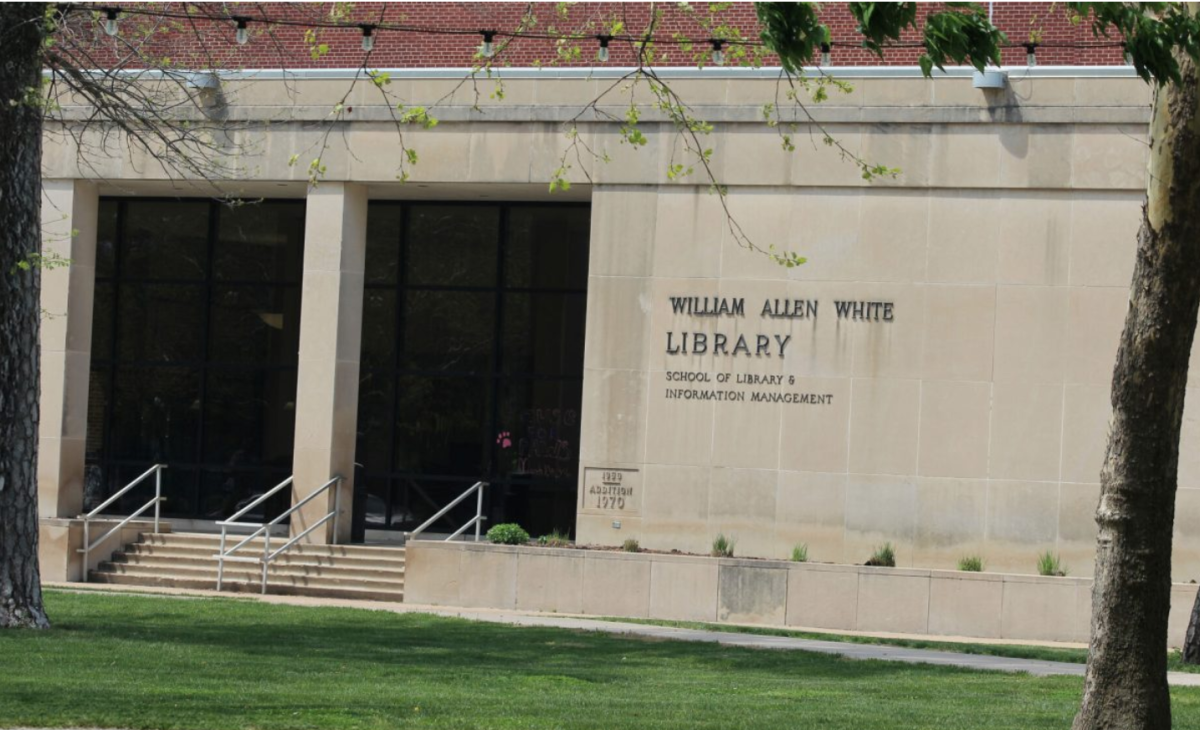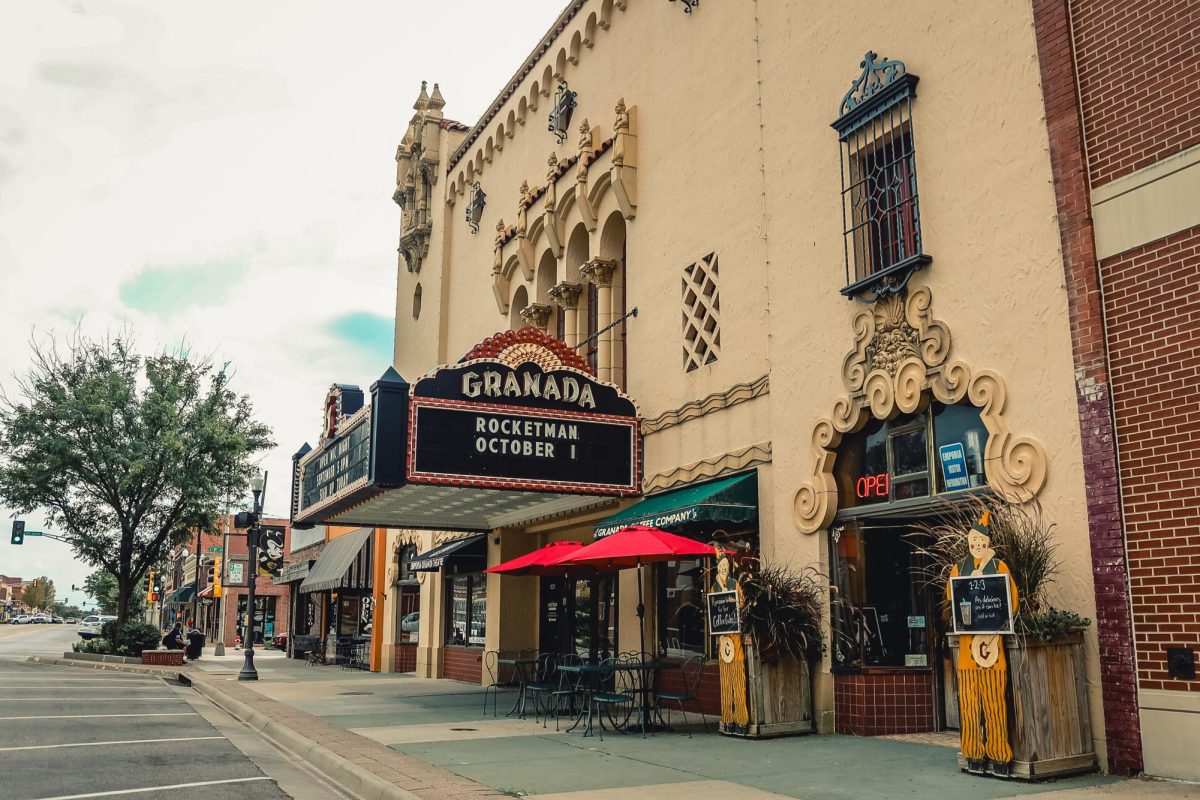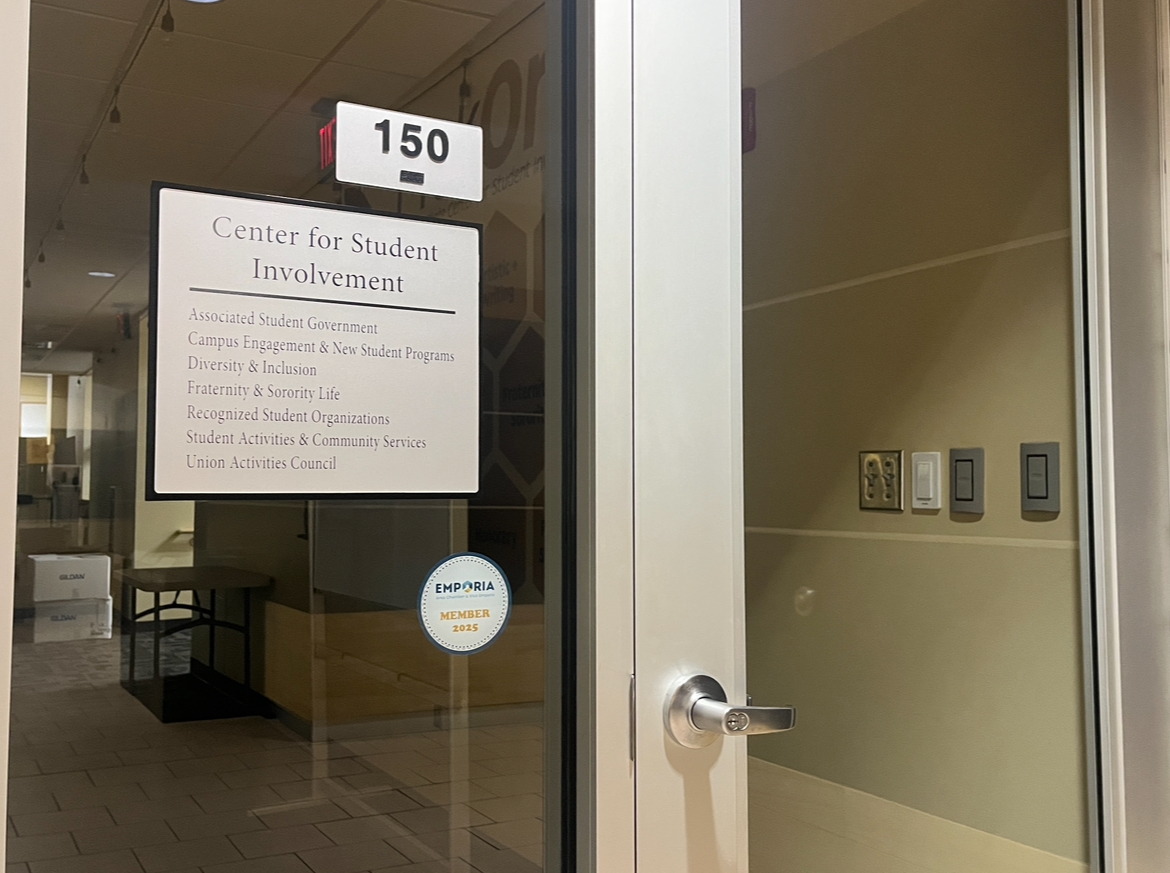The National Library of Medicine will house their traveling Civil War exhibit “Life and Limb: The Toll of the American Civil War” on the first floor of William Allen White Library through April 20. The exhibit is in collaboration with Emporia State’s Special Collections and Archives department.
“(The) Life and Limb exhibit is a self-contained exhibit that came to us from the National Library of Medicine. They curated it and created it, and it’s a travelling exhibit that Dr. Emily Vardell, who is a professor in the School of Library and Information Management Center, connected us with,” said Emporia State Archivist Shari Schribner.
The exhibit examines the experiences of wounded servicemen in the post-Civil War era and men whose lives were spared by sacrificing limbs during the conflict. The war, which lasted from 1861 to 1865, involved almost three million men. Over half of them perished, while nearly the same number were injured but managed to live.
Due to wartime injuries or amputations, hundreds of thousands of people were left permanently disabled. These men were a symbol of the nation’s division and an unsettling reminder of the price of war long after it was over.
Scribner emphasized these statistics.
“One of the things that stands out is how many people were impacted and how that impacted families and communities. Because prior to this, I’m not sure that we had seen that level of limb loss as a result of a military conflict in the U.S.,” she said.
Approximately 60,000 surgeries—roughly three-quarters of all the procedures carried out throughout the war—were amputations, but the precise number is unknown. The procedure, despite its obvious severity, was meant to stop fatal side effects like gangrene.
Soldiers dreaded the removal of limbs because it was sometimes done without anesthesia and occasionally left the sufferer with agonising feelings in the severed nerves.
“Now you’ve got tens of thousands of soldiers returning to their families and (they) have to deal with it. There obviously have to be modifications even if it’s just that you need some kind of a prosthetic,” Schribner said. “I feel like that had to have been a big change for those families and those communities. And so, that we were dealing with that as a country in that kind of staggering numbers, I think is one of the eye-opening pieces of information that you get from this particular exhibit.”
The opening ceremony on March 20 featured a presentation by Nikki Dean of the National World War I Museum: “Tailor-Made Technology: Insights from the National World War I Museum and Memorial’s Bespoke Bodies: The Design & Craft of Prosthetics Exhibition.” Scribner said they reached out to the World War I Museum to see if there was someone connected with the exhibit and who was willing to give a presentation on the topic as part of the opening reception.
“We thought that would lend some depth to the theme that’s introduced in Life and Limb, and carry it on into further conflicts where our military personnel have to deal with limb loss as a result of injury,” she said.
After it’s conclusion at ESU, the exhibit will continue to be displayed in Mid-Columbia Libraries in Kennewick, Wash. and the Rice County Historical Society Coronado Quivira Museum in Lyons, Kan.






